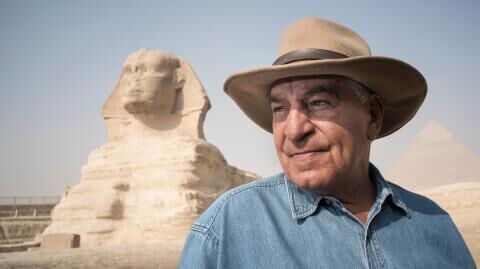This discovery is described by archaeologists as exceptional. While working on the extension of a house in the village of Great Casterton, England, they found the skeleton of an adult male. He was buried in a ditch, tied at the ankles with a locked set of iron chains.
Discover our latest podcast
Slavery in Roman Albion
Carbon dating has established that the skeleton dates from between 226 and 427 AD. Thanks to the presence of irons at its ankles, archaeologists have deduced that the man found was a slave. Slavery has been outlawed on English soil for many centuries, but it was very common in England during the rule of the Roman Empire. However, it is very rare to find human remains still wearing iron chains. And this is a first in England.
Specialists point out that there are a small number of burials that have been found in the UK with skeletons wearing heavy iron rings. However, unlike Great Casterton's irons, these rings were too constricting to be worn during one's lifetime. Experts at the Museum of London Archaeology (MOLA) therefore believe, as they explain in a statement, that the rings were added after death, as:
[...] symbolic chains intended to demean the dead or stigmatise the wearer as a criminal or slave in the afterlife. Some Roman written sources also mention the use of iron restraints to prevent the restless dead from rising and influencing the living.
Michael Marshall, MOLA expert, explains thusly:
For living wearers, irons were both a form of imprisonment and a method of punishment, a source of discomfort, pain and stigma that could leave scars even after their removal. However, the discovery of chains in a burial suggests that they may have been used to exert power over the dead as well as the living, suggesting that some of the symbolic consequences of imprisonment and slavery may extend even beyond death.
Who was the Great Casterton skeleton?
A question then arises: who was the skeleton found at Great Casterton, why was he wearing irons, and why were they not removed after his death? After studying the body at length, the MOLA experts established that the man had led a physically demanding life. He had an old injury to his leg, which had since healed. The cause of death, however, remains unknown.
The MOLA experts also studied the way in which the man was buried. They deduced from the uncomfortable position of the skeleton that he had been buried informally, in a ditch rather than in a grave. This is important because there is a Roman cemetery only 60 metres away. It is therefore possible that the man was deliberately buried just outside, to separate him from those buried in the cemetery.















